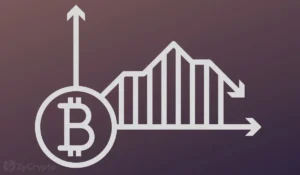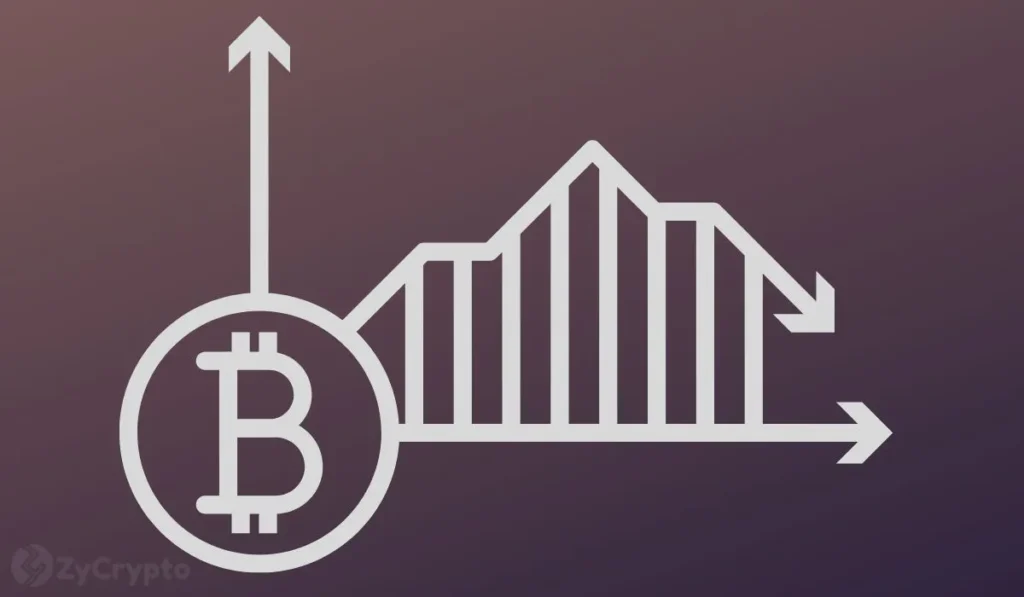Markets at a Glance: Housing Squeeze, S&P 500 Upside, Aussie Shake-Up, Japan Eyes Crypto Rules
A fast-moving mix of housing, equity, currency, and commodities headlines is shaping sentiment across global markets. A surge in rents and higher mortgage rates are redefining the buy-versus-rent calculation, while Wall Street optimism contrasts with Asia-Pacific caution as Australia’s strong jobs data and Japan’s policy signals ripple through stocks and foreign exchange. Energy majors remain profitable despite softer oil prices, underscoring the resilience of trading and production strategies.
Housing affordability remains under pressure. Rents are up roughly 28% over five years, and at a 6.5% mortgage rate versus $2,000 monthly rent, the breakeven on buying stretches to about 14 years—even where price-to-rent ratios sit below 20. In equities, Wells Fargo projects the S&P 500 could approach 7,100 by the end of 2025, pointing to broad earnings strength after about 82% of third-quarter results topped expectations, a backdrop that supports the case for a continued stock market rally.
In the Asia-Pacific region, a stronger-than-expected Australian labor report pushed out hopes for Reserve Bank of Australia rate cuts, lifting the Australian dollar while knocking shares to three-month lows. Japan’s policy landscape is in flux on two fronts: the Japan Exchange Group is weighing new measures to discourage listed companies from amassing large cryptocurrency holdings, prompting at least three firms to pause purchase plans over fundraising concerns; and wholesale inflation slowed to around 2.7% as import costs eased, keeping the Bank of Japan cautious about whether price gains are genuinely demand-driven.
Stateside, a White House address at 9:45 p.m. ET (2:45 a.m. GMT) is expected alongside the signing of a bill to reopen the U.S. government, a development markets will watch for fiscal and policy signals. In energy, Big Oil profits have moderated but remain solid: Exxon Mobil and Chevron increased output despite lower crude prices, while trading operations—such as Shell’s—benefited from volatility, supporting earnings resilience across the sector.
Key Points – Rent growth of about 28% in five years and 6.5% mortgage rates push homebuying breakeven to roughly 14 years versus $2,000 monthly rent. – Wells Fargo sees the S&P 500 potentially reaching 7,100 by end-2025; about 82% of Q3 earnings beat estimates. – Strong Australian jobs data lifted the AUD and dragged equities to three-month lows, tempering RBA rate-cut expectations. – JPX considers curbs on listed firms’ large crypto holdings; several companies paused purchase plans on fundraising concerns. – Japan’s wholesale inflation eased to around 2.7% as import costs fell, keeping the BOJ cautious on the inflation outlook. – Big Oil profits dipped but stayed robust, with Exxon and Chevron boosting output and trading desks capturing market volatility.
🟣 Bpaynews Analysis
This update on Trump signs legislation to reopen the U.S. government sits inside the Forex News narrative we have been tracking on November 13, 2025. Our editorial view is that the market will reward projects/sides that can show real user activity and liquidity depth, not only headlines.
For Google/News signals: this piece adds context on why it matters now, how it relates to recent on-chain moves, and what traders should watch in the next 24–72 hours (volume spikes, funding rates, listing/speculation, or regulatory remarks).
Editorial note: Bpaynews republishes and rewrites global crypto/fintech headlines, but every post carries an added value paragraph so it isn’t a 1:1 copy of the source.















